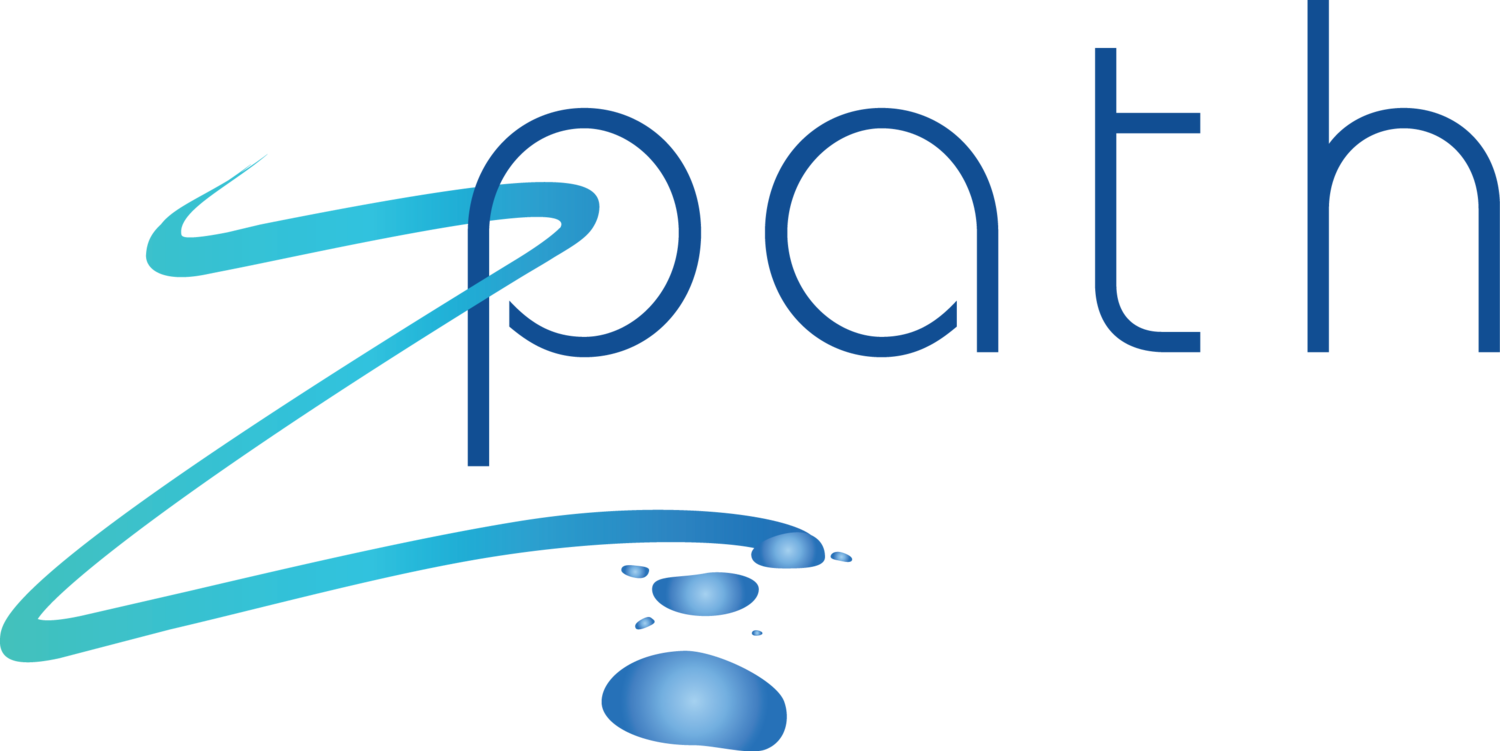Do you have great ideas, yet struggle to bring them to life? Or do you find yourself stuck in details, rarely seeing the big picture? You may be experiencing a challenge with planning and goal setting in combination with your dominant working style. This critical executive function skill helps define what we want to accomplish and the steps to get there. When defining a goal we need to articulate a clear objective with measurable results. We must also make sure we are realistic in our expectations of what we can accomplish and by when. When creating a plan it is important to break the larger goal into manageable pieces of work and results.
For example, taxes are due April 15th. What do you have to do to get them in on time? It is helpful and less stressful if you make a list of manageable steps; decide how much time you need for each step; look at a calendar to schedule the time to complete the defined steps. This linear process comes more naturally to some people, while others may find it more challenging to break the goal of getting their taxes done into the manageable steps, finding themselves in a frenzy at the last minute, without all of the data and documents they need. Which kind of person are you?
Some people are naturally wired to think in a linear progression of work activities, while others start with the end goal in mind and back into component sub-goals. Many of us have heard of “right brained” and “left brained” people, and have a sense of what our personal preference/strength is. In broad terms right brain-dominant people tend to be artistic, creative, big picture people, who may find it challenging to focus on work detail and steps. Left brain-dominant people tend to be linear thinkers, attend to detail and focus on the parts of a big picture, who may find it difficult to see the big picture and keep the ultimate goal in mind. Neither style is better; they’re both useful ways of working. In fact, the most successful approach blends both breaking a goal down into its component milestones, with linear stepwise planning of activities to achieve each milestone. Recognize your own preferred style and develop ways to strengthen your planning and goal setting skills, by working to bring the qualities of both together in a more integrated fashion. Build upon consistent organization, and develop cohesive planning and goal setting strategies to create a strong foundation from which to build all other executive function skills.
How do we as parents and educators model, teach and support the development of planning and goal setting in a Waldorf School?
Early childhood children work and play in thoughtful, rhythmical, organized classrooms and are immersed in the process of planning and goal setting in both school and home environments, experiencing its wonderful effects on their daily and seasonal rhythms. The children anticipate, prepare for, and experience many complex events like the Fall Fair, Advent Spiral, and the Maypole Celebration without consciously planning it themselves, allowing them to simply swim with ease along with the tide.
In the lower and middle grades planning and goal setting are more explicitly modeled for students through classroom activities. Even the flow of the curriculum reflects the larger planning and goal setting held by the teacher and parents. As students reach 4th grade another shift occurs, in which students experience deliberate planning and goal setting. Students use planners to capture and track weekly assignments like spelling and math work, along with quizzes and due dates. When the goal is to learn 10-20 spelling/vocabulary words each week, the plan is to work with these words throughout the week by reading them, writing them alone and using them in sentences, and preparing for the Friday quiz. Teachers lead middle school students through more complex plans for longer-term goals. Instead of simply assigning a report due in three weeks, a teacher may assign a series of specific steps like subject selection, library research, note-taking, report outlining and drafting, revision and final presentation.
In the High School, students continue using and strengthening these skills while they take on personal responsibility and autonomy. Students need to be able to easily set their own goals and plan their own work steps in order to carry the myriad of tasks associated with high school work. Longer term projects, papers, and assignments require multiple steps and multiple drafts to complete. Teachers monitor students’ completion of assignments to identify and then support students who need additional help in developing these executive function skills.
For some students this ability develops naturally, while for others we must systematically model and teach this process. Handwork, Eurythmy, cursive handwriting, explicit Executive Function Skills development and many other activities in the Waldorf school curriculum all support successful integration of these critical life skills. Whether left- or right-brained, our objective for all students is to foster a balanced blend of big-picture and detail-oriented skills which they can use to achieve whatever personal goals and dreams they can envision. Organization, Planning and Goal Setting give students key skills with which to focus and guide their will.

